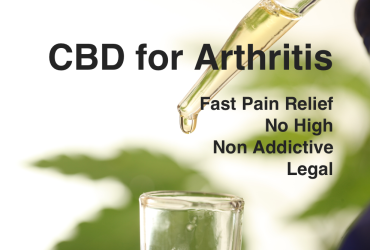TMJ Pain Relief – Ways to Manage Pain
One of the most common symptoms of TMJ (temporomandibular joint) syndrome is pain. Therefore, patients should be aware of practical ways to promote pain relief in the field of premenstrual syndrome. There are steps you can take at home to reduce, if not eliminate, the pain that is often associated with TMJ syndrome. Some of these practical measures of TMS pain relief are:
A good choice of a well-balanced diet.
If you are currently experiencing pain due to TMJ, you should be able to cope well with pain reduction, avoiding hard and chewing foods such as steak or chewing gum. Any food that adds tension to the affected area will undoubtedly aggravate pain and other symptoms. Instead, you should stick to soft foods and drink plenty of water. Or, if you experience intense pain, you should stick to foods that do not require much chewing, such as cereals.
A warm compress to the affected area.
The use of a warm compression in the area of pain would greatly facilitate the relaxation of the muscles of the face, thus helping to relieve pain in a temporary residence.
Adequate positioning and exercise.
You must maintain the correct position of the affected area. Your upper and lower teeth should be slightly separated when your lips are closed. And you need to keep your tongue over your mouth while breathing through your nose. There are certain exercises on the face that can help. Often, this should be done after applying a warm compress. One of these exercises is the movement of the lower jaw, in which the lower jaw closes and opens and they move slowly from side to side.

Stimulants of pain
Personally, I will suggest this as a last resort, and if the pain becomes unbearable. You can take anti-inflammatory medications to relieve pain. However, they are not designed for the long-term treatment of TMJ symptoms. It only facilitates relief at the best of times. To completely eliminate this condition, you must solve the main problem that mainly causes this condition.
TMJ pain relief techniques
Those who suffer from temporomandibular joint disorder, or TMJ, must deal with pain in the lower jaw on a regular basis. There are many things that can be done to treat TMJ and reduce the pain caused by this condition. There are dental procedures, medications, home treatments and alternative treatments that can be used for this purpose.
One of the first things you can try to relieve pain in the TMJ is to verify the dental procedures available that can help you at https://nydnrehab.com/what-we-treat/tmj/. If you have trouble tightening your teeth or if your teeth are not aligned properly, you can equip a device that can help rebuild your teeth or prevent them from helping you at night, depending on the problem you have. Other problems that can be solved by a dentist include an uncomfortable or uneven bite, which is due to the fact that you do not have all your dental work or filling or crown too high.
Although many over-the-counter NSAIDs, such as aspirin or tylenol, do not usually relieve TMJ pain, there are some prescription drugs that have been found helpful for some people. These include the use of labels with the use of certain types of antidepressants. Some people also find that the anti-prescription medication Alevé can be of some help.
Home treatment to relieve TMJ pain includes trying not to overuse the jaw, trying to keep the jaw in the correct position, using warm and cold, and stretching and massaging exercises. All these methods can be implemented independently, as soon as you are shown the correct way to solve them.
Summary
Finally, there are several alternative treatments that can be used to relieve TMJ pain. They are especially good for people who grind their teeth or tighten their jaw due to stress, as these are mainly methods to relieve stress. They include yoga, meditation, deep breathing, guided images and progressive muscle relaxation techniques. They can also be taught to those who are interested in trying them themselves.




